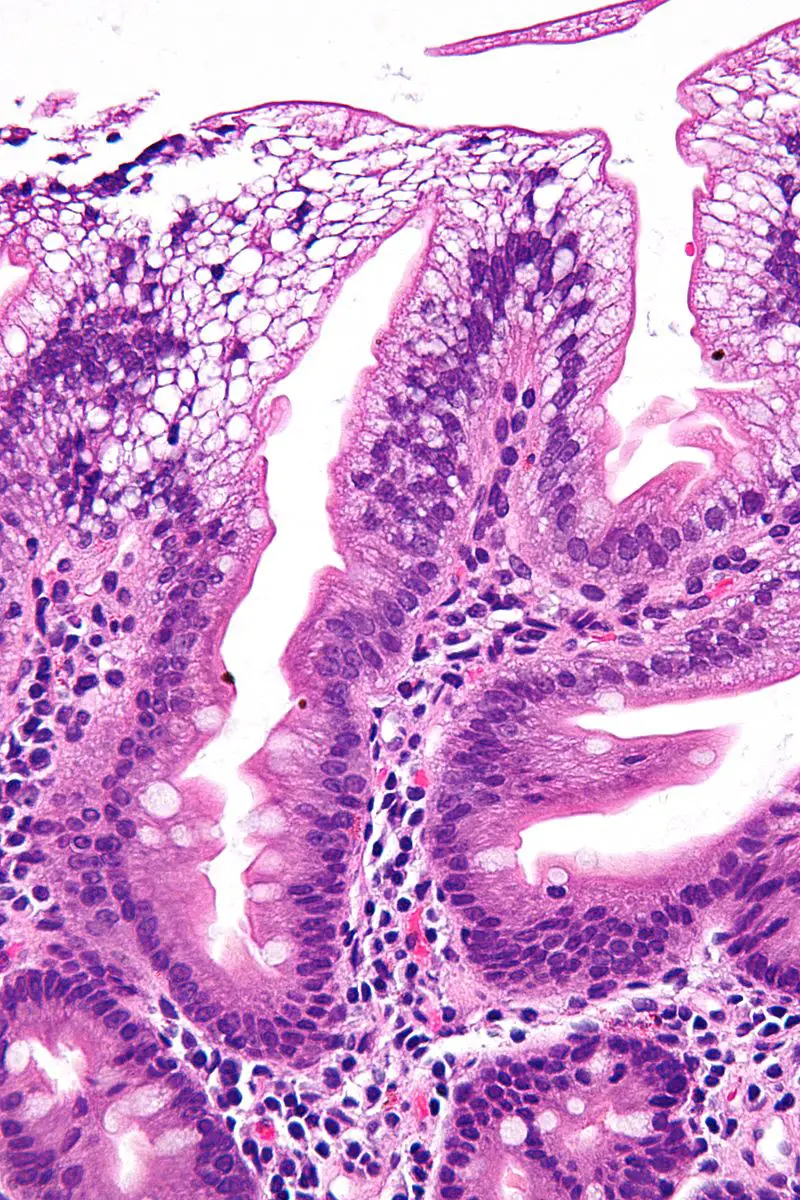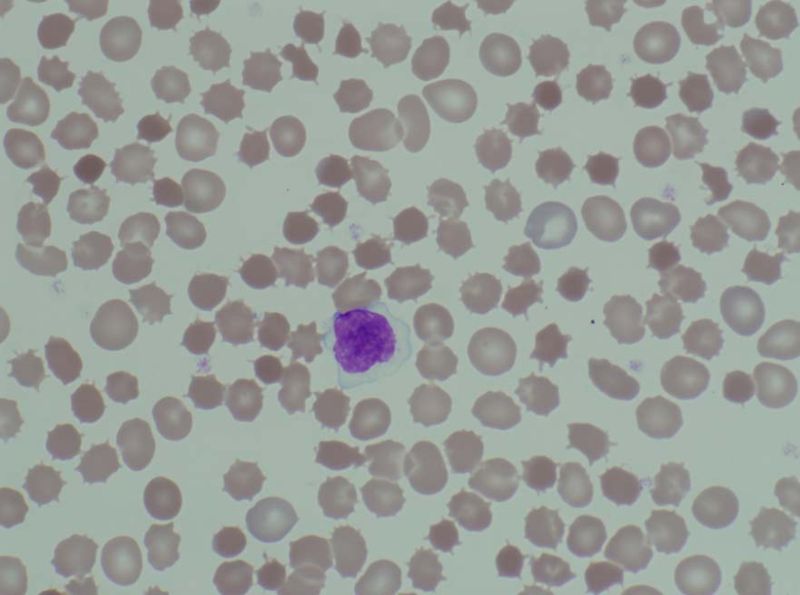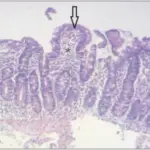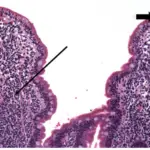Abetalipoproteinemia is an inherited disorder that impairs the normal absorption of fats and certain vitamins from the diet
What is the Pathology of Abetalipoproteinemia?
The pathology of abetalipoproteinemia is:
-Etiology: The cause of abetalipoproteinemia is by mutations in the MTTP gene, which provides instructions for making a protein called microsomal triglyceride transfer protein. This protein is essential for creating molecules called beta-lipoproteins in the liver and intestine.
-Genes involved: MTTP gene.
-Pathogenesis: The sequence of events that lead to abetalipoproteinemia are: mutations in the gene encoding a subunit of a microsomal triglyceride transfer protein. As a consequence, circulating apoprotein B‐containing lipoproteins are almost completely missing, and the patients are unable to absorb and transport fat and fat‐soluble vitamins.
-Histology: The histology associated with abetalipoproteinemia shows marked fat vacuoles in apical villous cytoplasm, and normal villi.
How does Abetalipoproteinemia Present?
Patients with disease in lower case typically both males and females present at any age. The symptoms, features, and clinical findings associated with abetalipoproteinemia include failure to gain weight and grow at the expected rate failure to thrive; diarrhea; and fatty, foul-smelling stools steatorrhea.
How is Abetalipoproteinemia Diagnosed?
Abetalipoproteinemia is diagnosed by laboratory tests showing abnormally low cholesterol, and confirmed by genetic testing.
How is Abetalipoproteinemia Treated?
Abetalipoproteinemia is treated by low fat diet and large doses of fat-soluble vitamin.
What is the Prognosis of Abetalipoproteinemia?
The prognosis of abetalipoproteinemia is good. Most individuals with this condition are treated with excess vitamins and a special, fat-controlled diet and have few complications. Untreated individuals with abetalipoproteinemia can develop gradual vision loss, muscle weakness, tremors, and slow or slurred speech that gets worse over time.





